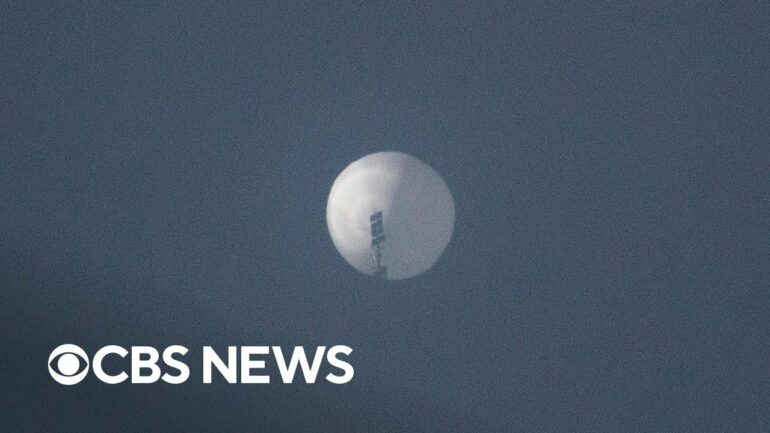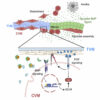Officials of the U.S. Department of Defense confirmed on Feb. 2, 2023, that the military was tracking what it called a “spy balloon” that was drifting over the continental United States at an altitude of about 60,000 feet. The following day, Chinese officials acknowledged that the balloon was theirs but denied it was intended for spying or meant to enter U.S. airspace. U.S. Secretary of State Antony Blinken said that the balloon’s incursion led him to cancel his trip to Beijing. He had been scheduled to meet with Chinese Foreign Minister Qin Gang on Feb. 5 and 6. On Feb. 3, the Pentagon said that a second suspected Chinese balloon was seen over Latin America.
Monitoring an adversary from a balloon dates back to 1794, when the French used a hot air balloon to track Austrian and Dutch troops in the Battle of Fleurus. We asked aerospace engineer Iain Boyd of the University of Colorado Boulder to explain how spy balloons work and why anyone would use one in the 21st century.
What is a spy balloon?
A spy balloon is literally a gas-filled balloon that is flying quite high in the sky, more or less where we fly commercial airplanes. It has some sophisticated cameras and imaging technology on it, and it’s pointing all of those instruments down at the ground. It’s collecting information through photography and other imaging of whatever is going on down on the ground below it.
A high-altitude Chinese balloon drifted over the U.S., entering over Montana and moving over the central portion of the country, causing the U.S. to send fighter jets into the air and triggering an angry response from the U.S. government.
Why would someone want to use a spy balloon instead of just using spy satellites?
Satellites are the preferred method of spying from overhead. Spy satellites are above us today, typically at one of two different types of orbit.
The first is called low Earth orbit, and, as the name suggests, those satellites are relatively close to the ground. But they’re still several hundred miles above us. For imaging and taking photographs, the closer you are to something, the more clearly you can see it, and this applies to spying as well. The satellites that are in low Earth orbit have the advantage that they’re closer to the Earth so they’re able to see things more clearly than satellites that are farther away.
The disadvantage these low Earth orbit satellites have is that they are continually moving around the Earth. It takes them about 90 minutes to do one orbit around the Earth. That turns out to be pretty fast in terms of taking clear photographs of what’s going on below.
The second type of satellite orbit is called geosynchronous orbit, and that’s much farther away. It has the disadvantage that it’s harder to see things clearly when you’re very, very far away. But they have the advantage of what we call persistence, allowing satellites to…



